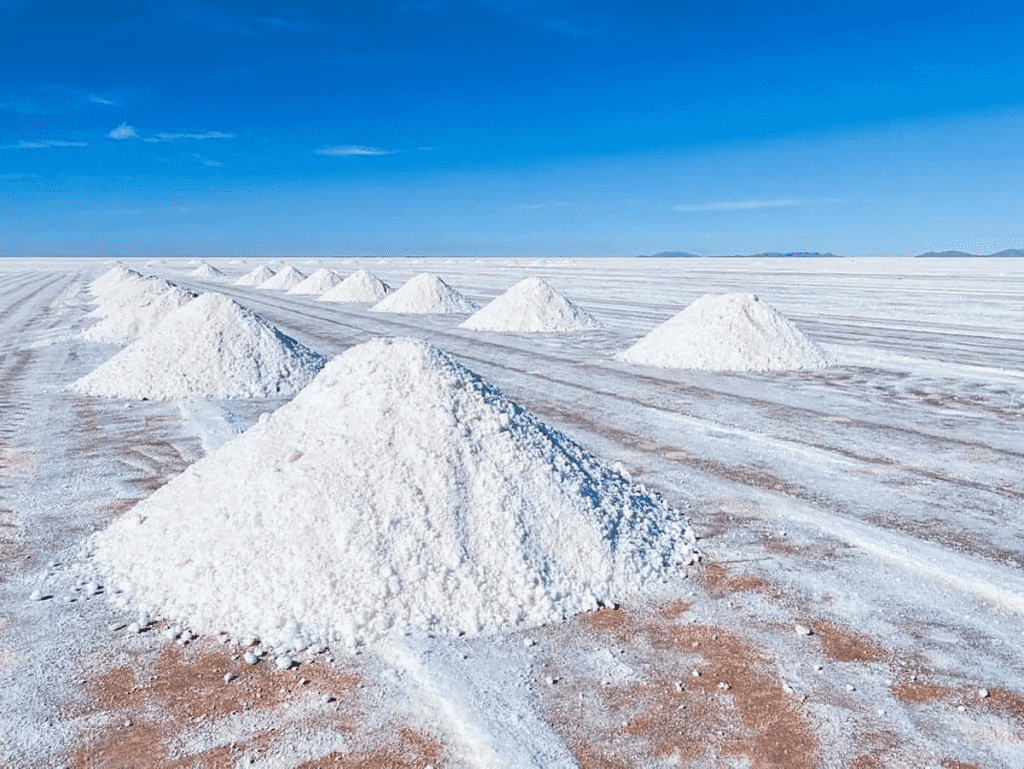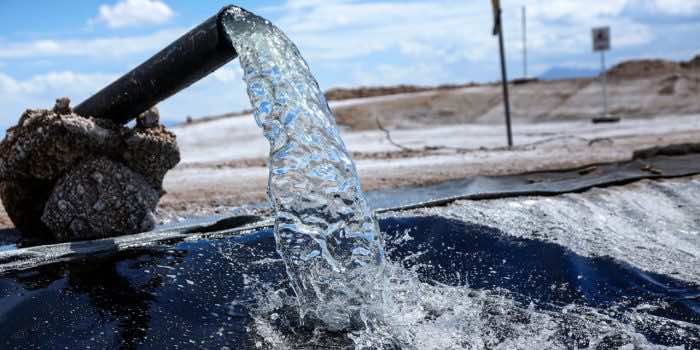Lithium, a soft and silvery metal, is the most commonly used element in various industries across the world. We might have heard of lithium-ion batteries, which are most in-demand these days due to their sustainable nature, lightweight, and vast applications from the aircraft industry to mini drones. But we have very few resources to extract lithium naturally, and the process is also very costly. These natural elements are the treasure in today’s world, but our inability to extract them efficiently is wasting their useful life along with their effectiveness. However, the U.S. Department of Energy’s Pacific Northwest National Laboratory has come up with a systematic and cost-effective procedure to obtain lithium from water.
The procedure is still in its development phase in which small magnetic nanoparticles would be utilized to draw lithium from the wastewater. During the uprooting of oil and gas during different energy pumps across the U.S. and Canada, a large amount of wastewater is extracted from these plants, which contains rich minerals, including lithium. The traditional method in which this water is collected into large and expensive ponds for a considerable amount of time to make this water evaporate from this pond, leaving behind lithium, which would then be compiled at the end. The process is so tedious and time-consuming, along with its expensive nature.

Therefore, this novel way entails enumerating small iron-based particles into the water onto which these lithium particles get stuck. And then, upon extraction of these iron-based substances, lithium can easily be detached with the help of a magnet. This process is cost-efficient as well as time-saving. The CEO of Moselle Technologies in Texas said, “By using the magnetic nanoparticles to attach to the lithium particles in solution, we expect the resulting concentrate to be in a purer form, thereby reducing the cost of further processing. This will take out more than half the cost.”

Not only lithium but a lot of other elements rich in minerals can easily be extracted through the same technique, like cesium and antimony, etc. The director of Pacific Northwest National Laboratory gave a few cents on its applications by saying, “PNNL’s novel approach is truly remarkable.” It offers the promise of extracting critical minerals in a quick, cost-effective manner. And innovation like this just might be worth its weight in gold.”


